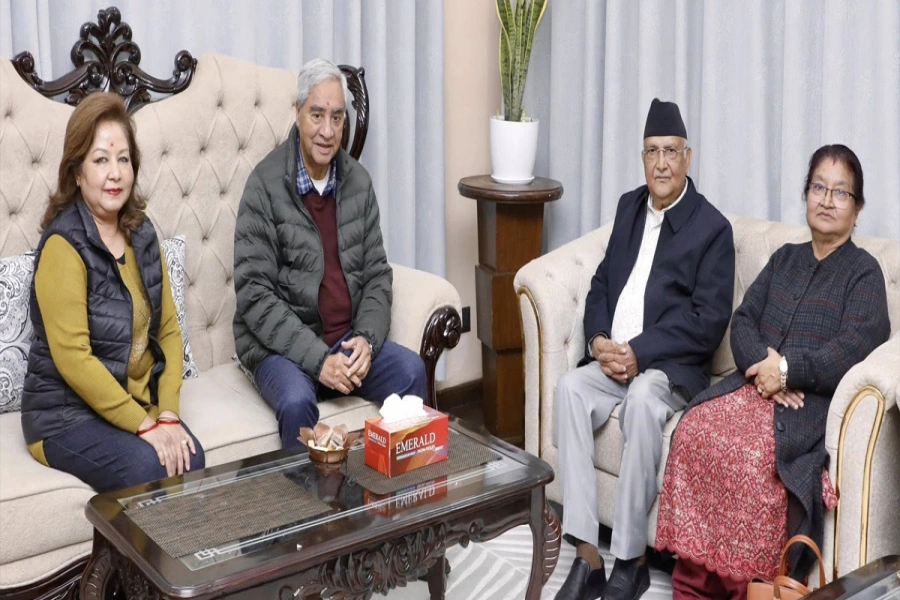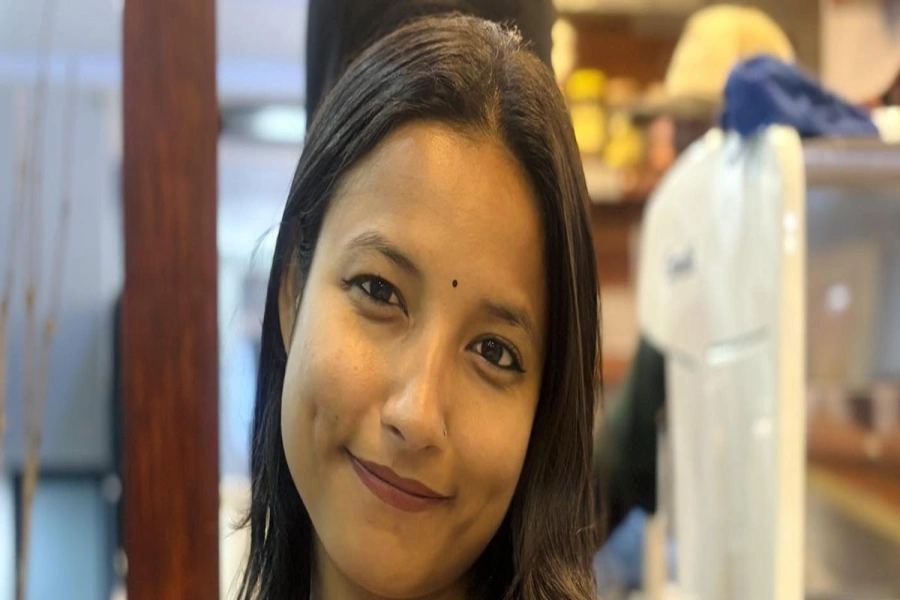On my way to Cambodia some four months ago I had an unplanned but a pleasant sojourn to the beautiful, forested and mountainous Thai island of Phuket in the Andaman Sea. Interestingly, it was first called “Junk Ceylon” (distortion of Malay Tanjung Salang, meaning “Cape Salang”) by the Portuguese explorer Fernão Mendes Pinto who arrived here in 1545, possibly due to his prior encounter with and passage through Malaya. While tourism drives its economy now, tin was the main attraction for almost 400 years for the Portuguese, French, Dutch, and English traders following Pinto’s arrival. While I experienced at lot during my weeklong stay in terms of history, natural beauty and culture of Phuket, some snapshots of its stunningly beautiful beaches, lovely food and fruits, its Sino-Portuguese-Colonial old town and a dazzling cultural extravaganza that I saw is what I am sharing in this brief travelogue.
Old town and food
The first thing that I enjoyed was a drive through the Thalang Road and Soi Romanee, the oldest and most colorful streets, which were lined with amazing vintage buildings. “Since 1892”, a charming little café opened in 2012, with rustic exterior and tastefully decorated interior, gave a feel of being over a century old. Many mansions with the architectural reflection of European influence, including the Portuguese and the British, were spread across the area. The “China Inn Café and Restaurant” brims with décor to match its wonderful historic setting. The “Fusion Café and Restaurant” and “Eleven Two & Co.”
embrace the quirky boutique nature of the past. Eclectic old buildings with matching colors, styles and sizes now turned into cafes, restaurants, souvenir shops and clothing stores line the streets. Some buildings have been passed down through generations of the same family.
Sumptuous food influenced by Thai, Chinese and Muslim cultures served in restaurants, roadside stalls and food markets was another thing to be cherished. The Talad Kaset Night Market and the Naka Market had dim sums, barbecued chicken, noodles, fried locusts, buttered corn, heart-warming soups and other seafood in stalls spread across large areas. Thousands of locals and tourists were crowding to taste the fares laden with coconuts, lotus seeds, sweet potato, soybean, corn, bananas, taro and sugarcane. The most famous Thai soup—Tom Yam Goong—with jumbo shrimp, mushrooms, fragrant herbs and lemongrass was worth trying. Chicken Cashewnut—Gai Med Ma Moung—with roasted cashewnut, chicken, sweet soy sauce, garlic and chili was tempting. Massaman (Thai word for Muslim) curry-concoction of coconut milk, potatoes, roasted peanuts, cinnamon, and tamarind sauce with choice of chicken, beef or pork was mouth watering. Kanom sod or colorful Thai traditional sweets and sticky rice with mango or durian or jackfruit wrapped in a banana leaf were interesting to sample.
Kan Eang@Pier Restaurant, with a great view of the Chalong Bay, had fish, lobsters, prawns, blue crabs, noodles, chicken fried rice, and spicy salad in its menu. The Thai-Chinese cuisines were prepared from freshly-caught and live seafood. We sat by the water and the sea breeze compensated the afternoon heat under an old tamarind tree that we occupied for lunch. We relished Pla Nueng Mmanow—steamed whole fish in lemon and chilies with spicy soup and deep-fried shrimp cakes. The baked Phuket lobster in butter and the seafood basket—grilled tiger prawns, jackfish, crab and squid—was lovely.
So was water chestnut coconut ice cream, their specialty. The pleasure was multiplied as it was a surprise 67th birthday feast thrown by our children spending a month in Phuket and the whole family—my wife and two children—was there to wish me well, while sharing the lovely food and environment.
The tropical fruits in Thailand are so plentiful and so delicious that we wanted to sample many in Phuket. Mangosteen, with a round purple shell and a delicate flavor white flesh, was absolutely delicious. Rambutan, with red and yellow spiky rinds, was the most visually striking of Thai fruits. Durian, the most expensive of the Thai fruits (‘King of Fruits’) with malodorous aroma was hard to relish even though I had tried it in Bangkok in 1974 and in Colombo in 2000-2003. Rose apple was refreshing when eaten with salt and sugar, as locals eat. Langsat, a small round thirst quencher with tart flavor, was good to try as well.
Eating junk food is bad for health!

Cultural feast
It is no fun coming to Phuket if one doesn’t visit and enjoy white sandy beaches and crystal-clear Andaman Sea. We stayed in the Front Village Resort at Karon Beach, with a panoramic view of the Karon beach, lovely swimming pool and a fantastic breakfast that combined Thai, Chinese and Continental items. We bypassed more touristic, cheaper and overcrowded Patong Beach with a lot of nightlife and shopping outlets. Nevertheless, we did hop to Patong, Kata Noi and half a dozen other beaches to gaze at their beauty.
But a day-long ferry cruise to Phi Phi, a chain of six exquisite islands 25 miles south-east of Phuket, was the most thrilling. Limestone cliffs rising out of the emerald green waters had our unflinching attention. We absorbed the beauty of stunning blue waters, coral reefs and long, white powdery beaches. We enjoyed Thai lunch and swam at Bamboo Island but couldn’t visit Maya Bay immortalized by the 2000 movie “The Beach” starring Leonardo DiCaprio nor could we canoe through the mysterious limestone caves in mangrove forests.
We witnessed the Siam Niramit Phuket, an amazing 70-minute extravaganza featuring Thailand’s history and culture, at the famous Ratchada Theatre preceded by lovely Thai-Chinese-Indian-Continental dinner. We also saw the Thai-style houses and villages, light and sound show, elephant war, etc in the same complex after the dinner. Siam Niramit Phuket started with a heart-thumping beat of victory drums, sword dances and the humdrum of the Ancient Kingdom, Lanna, with a royal procession, shadow puppets, colorful ‘Nora Dance’ and a bustling market. The beautiful Khmer temples and glittering Apsaras (angels) appeared, as if by magic.
Mid way, we watched the enchanting performance of the “Law of Karma”, the good happily in heaven and the bad suffering in hell. Liars’ tongues were torn, alcoholics were forced to drink boiling water and adulterers suffered climbing thorny trees in hell. In Himapan, a mystical forest between earth and heaven, magical Kinaree (half-women, half-bird), Nareepon (beautiful girls born from trees), and demi-gods of light and thunder dazzled the audience. Glittering Angels dancing in front of the lord of heaven, Indra and dancers suspended from the ceiling ended the show. The big pillars of the theater actually moved and elephants and goats appeared. River, rainfall, thunder and lightning; special effects, music, dances, songs and boxing—it was an extraordinary show.
Junk Ceylon or Phuket sojourn was both enjoyable and educational. The Thai-Chinese cuisines, seafood and tropical fruits greatly enriched our palates. The old town and the Niramit Siam Phuket cultural extravaganza continue to dazzle our senses, long after we experienced them.
The author was former UNFPA Representative in Sri Lanka and Yemen and Country Director in the Maldives
som.pudasaini@gmail.com

































